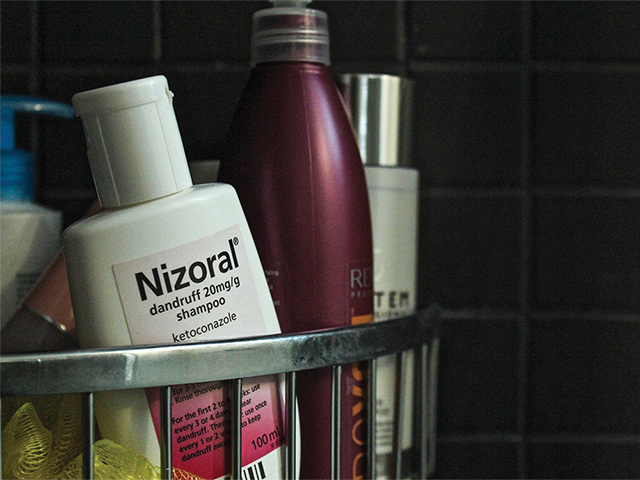
Staring at a scalpel scraping a layer of my eye tissue aside to better reveal my delicate cornea is not what I generally do on a Friday afternoon.
“Twenty seconds,” a nurse told Prof Michael O’Keefe, the Ophthalmologist performing the surgery, as my eye was bathed in an alcohol based liquid. This is used to soften the outer layer called the epithelium.
For less than ten minutes O’Keefe made the preparations for a laser to perform the ablation -removal of body tissue- using an excimer laser.
My eye was kept open with a speculum. An instrument with a similar function to what was used in the cinematic portrayal of Stanley Kubrick’s A Clockwork Orange – although far less barbaric looking. My outfit, of eye patch and speculum, was actually a rather comfortable fit.
The laser creates a loud noise. If you move it automatically switches off, a welcome safety feature. A large blob of red and black swirls fill your vision, which you ponder at while distant voices note the progress of the laser. Then there’s silence. And it’s all over.
There is no pain during the procedure, a local anaesthetic is applied beforehand: you are conscious throughout.
The procedure is known as LASEK surgery, a less common form of laser eye surgery used to reshape the cornea in order to enhance vision. The most common procedure being LASIK, which offers a faster recovery time.
The nurse had told me if my myopia, or short-sightedness had been any worse, they would have been unlikely to perform the operation. “This will be a big procedure,” she informed me with a smile as she was doing preliminary tests.
The majority of people who get laser eye surgery are between 25 and 35 according to O’Keefe, who has been doing refractive surgeries in Ireland for 25 years. He was one of the first of two surgeons to introduce laser eye surgery to Ireland.
When asked why not many students undergo the surgery he said cost was the main barrier. He operates from the Mater Private hospital, and warns that refractive surgery “is sold by many of these commercial companies as if you were getting your hair cut.
“It’s far more than that, if there’s a problem, it’s a big problem. And who’s going to deal with that, where do you go then? It’s important that you go to the right place.
For many young patients, such as students, suffering myopia and hypermetropia (long-sightedness) their vision may regress and need top-up surgery to correct it. Meeting your doctor before surgery and having excellent follow up care is integral to good medical practice according to O’Keefe.
This article was written with the help of several local anaesthetic drops and great painkillers. LASEK surgery can be quite painful, but this normally subsides after about three days. Your vision stabilises after a week, but will most likely reach peak clarity two months after surgery.
Chaitanya Brady



Leave a Reply